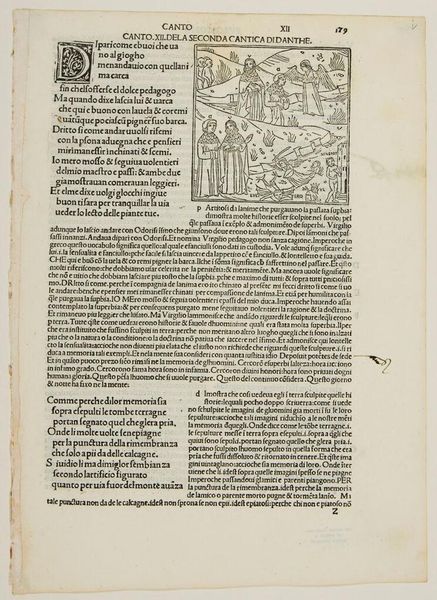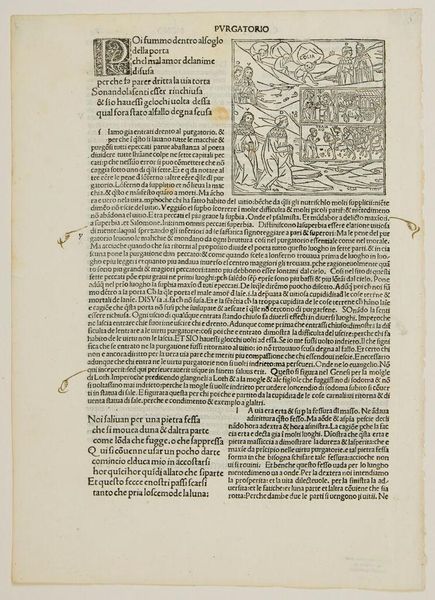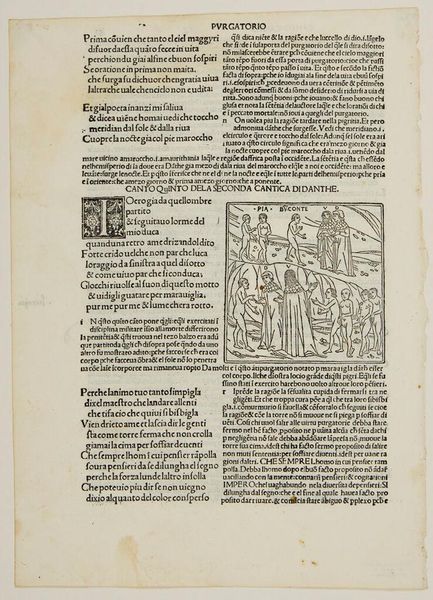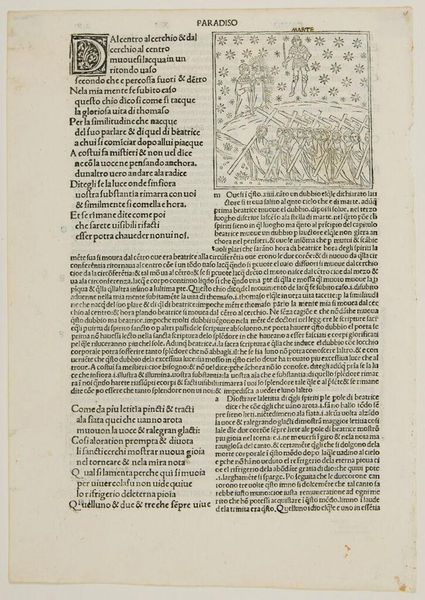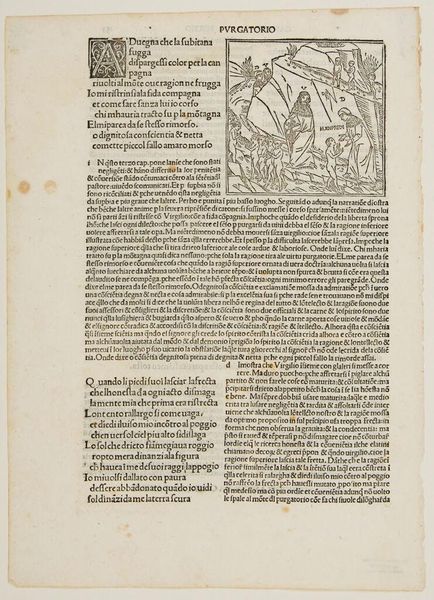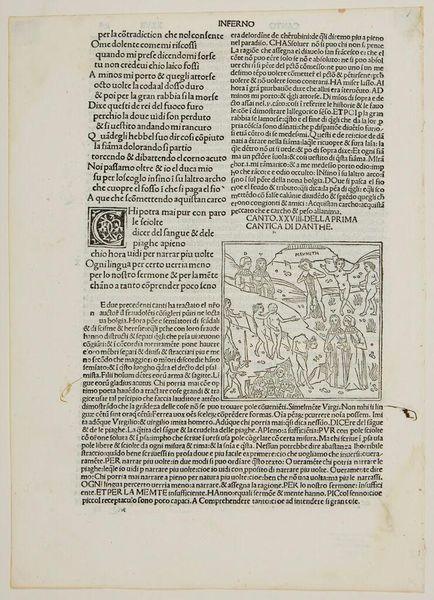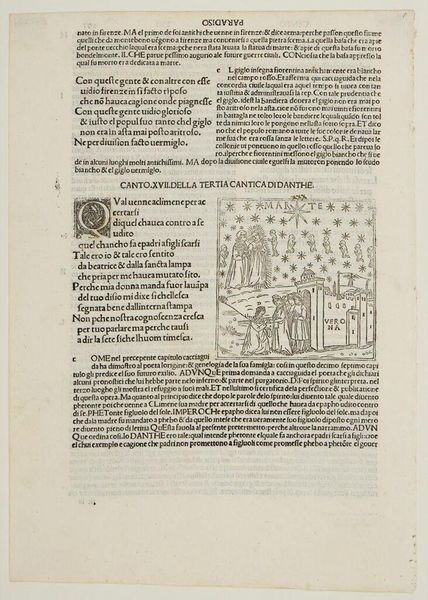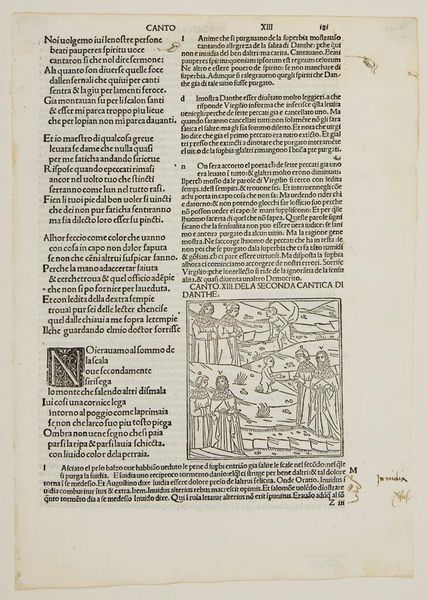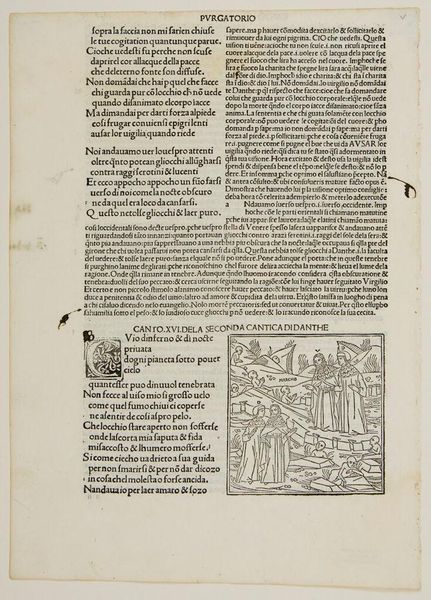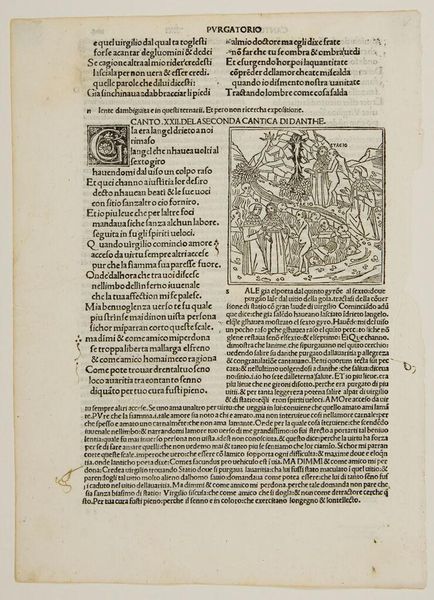
Canto XXIII. The Sixth Cornice / The Gluttonous; Forese Donati c. 15th century
0:00
0:00
Copyright: CC0 1.0
Editor: Here we have an anonymous engraving, titled "Canto XXIII. The Sixth Cornice / The Gluttonous; Forese Donati," located in the Harvard Art Museums. It depicts figures who seem both ethereal and suffering. What do you see in this piece, beyond its initial impression? Curator: As a historian, I see this piece as a product of its time, reflecting the socio-political and religious beliefs surrounding gluttony. The figures' emaciated forms speak to the public shaming and moral judgment of the era. How does the artwork's location within a modern museum context shift its meaning? Editor: I hadn't considered that. Placing it in a museum changes its function from religious text illustration to an object of historical and cultural study. Curator: Precisely. It invites us to examine the politics of imagery and how institutions shape our understanding of the past. Perhaps it even prompts us to reflect on contemporary societal views on excess and deprivation.
Comments
No comments
Be the first to comment and join the conversation on the ultimate creative platform.
